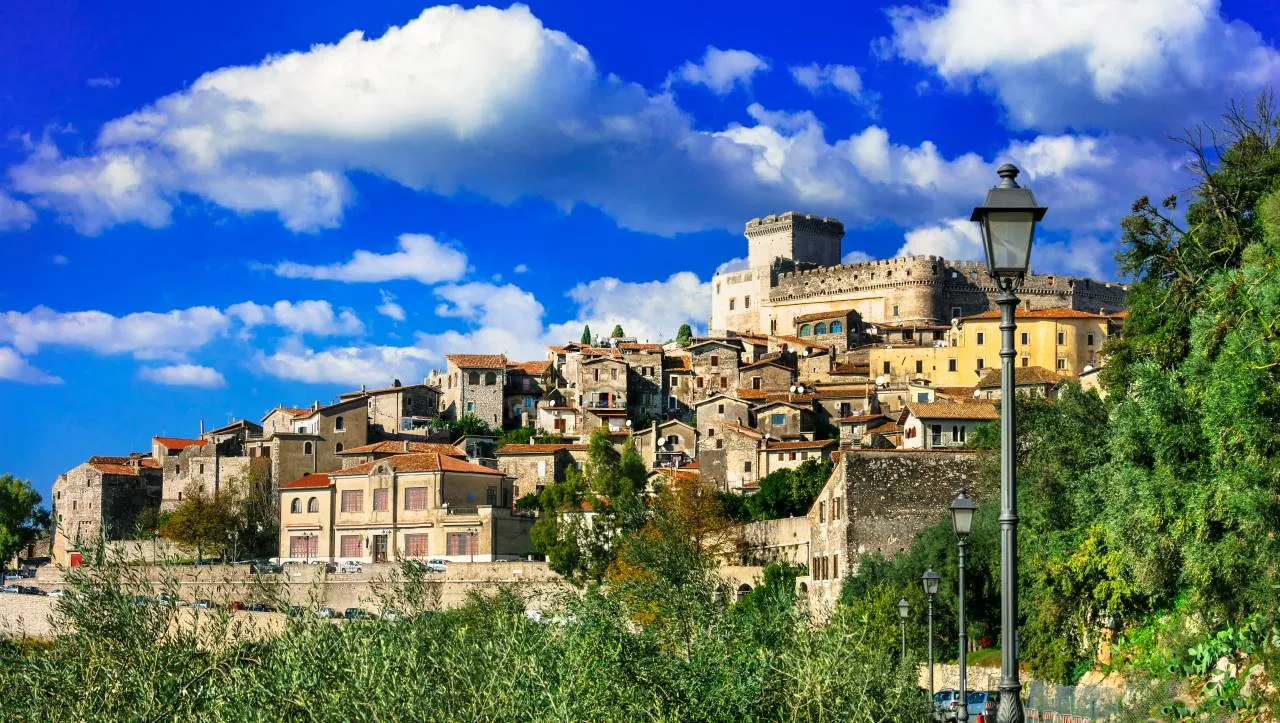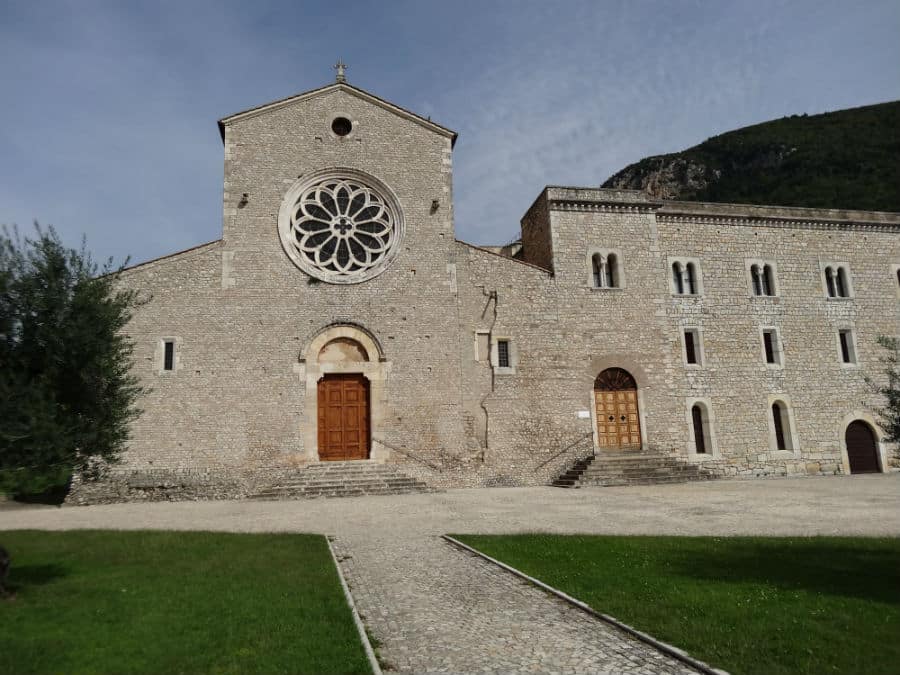built in rigorous Romanesque Cistercian-is one of the greatest masterpieces of the genre of the province after the Abbey of Fossanova. The tradition wants that this abbey was founded in the XII century by Greek monks and has been occupied and restored by the Knights Templar in the 13th century when in the XIV century this order was dissolved subentrarono Cistercians.
This abbey is linked a medieval legend, where legend has it that in 1314, when it was put to the stake the last Grand Master Templar, Jacques de Molay the lintels of the Churches you broke. Still today, carefully observing the architrave of the main portal of the abbey, it is possible to glimpse a crack. The interior of the church has three naves divided by pillars and columns, has walls remains of frescoes according to the canons of the “memento mori” of the Cistercians that avoided the architectural golden age because not counted for their materiality, but instead, spirituality.
On the bottom of the left aisle there is the chapel of San Lorenzo. Painted in 1586-89 by the painter Niccolò Circignani, known as Pomarancio on commission of cardinal Enrico Caetani and honored IV. This cycle of frescoes was made on the occasion of the visit of Pope Sixtus V in the duchy Caetani. Inside the chapel there are many cenni autocelebrativi referred to the Ducal title that in 1586 was granted precisely honored IV.in fact there are many ducal crowns supported by putti. Very interesting the self-portrait of Pomarancio that the scholar Sonia Head has discovered between the decoration with grotesques of time in the vicinity of the two sails with the episode in which San Lorenzo operates the conversion of Lucilio and that with the episode in which san Lorenzo baptizes in prison San Romano. Above the main entrance you can notice a rose window. The cloister site to the right of the abbey looking at the facade has a garden brightly colored.
The Abbey is located at 116 m a.s.l. on a buttress that overlooks a small valley, for medieval tradition, said “of the Nightingale”. The name of the monastic complex seem to derive from the Ferghana Valley.



